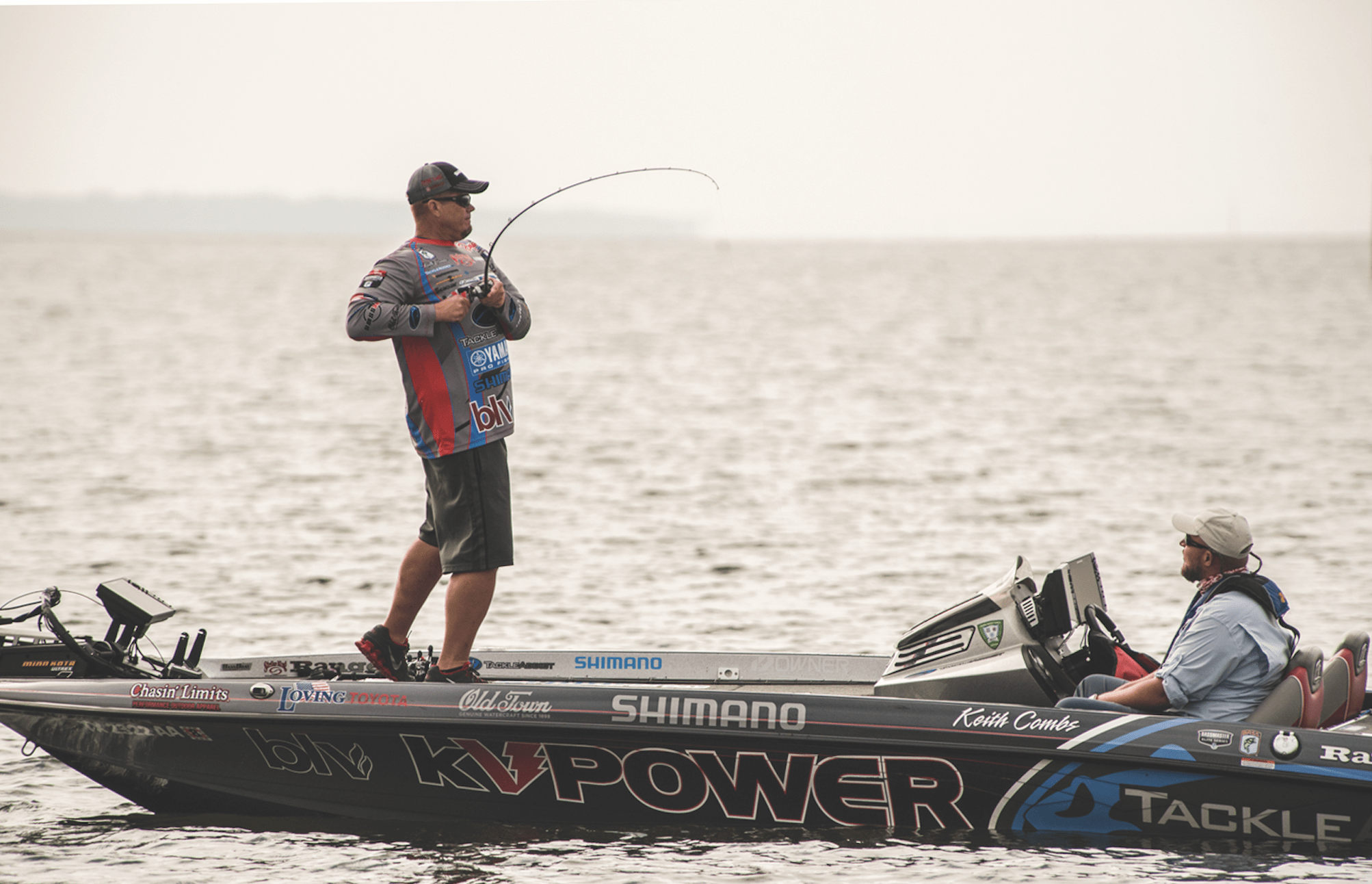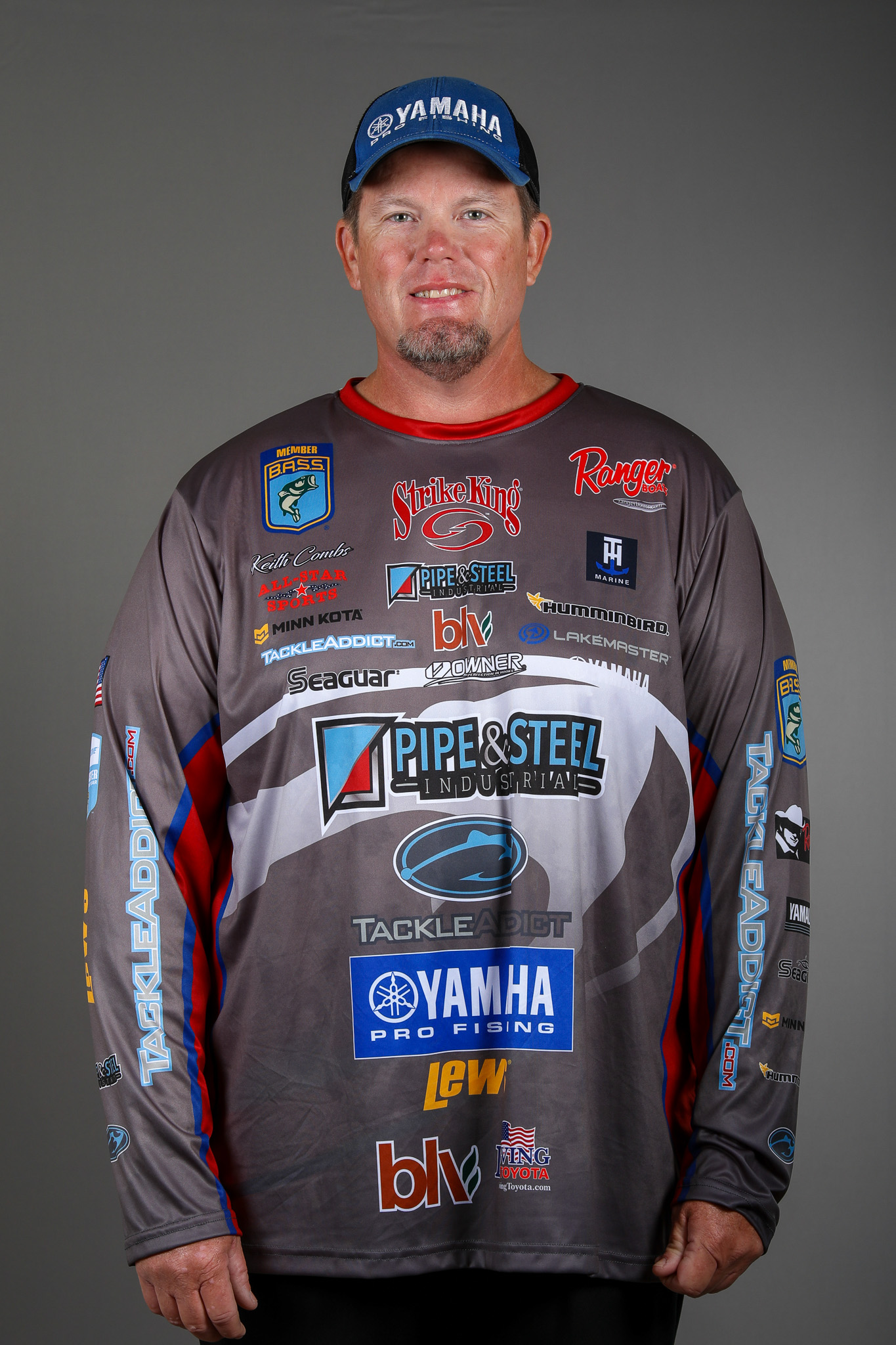
For the past five years, when I’ve received my new Ranger boat from the factory, it’s come with an Atlas jackplate and a Yamaha outboard on the back. Other than that, it’s “naked” because I’ve learned that rigging all the accessories myself makes me a better and more confident tournament angler.
Don’t get me wrong, the crew at the Ranger factory can and will do a great job for most of you, and it’s a time-consuming process to do it yourself. In fact, it takes me the better part of three full days to get it all done, but in the end I think it’s worth it. I know how everything is laid out, so if there’s an issue, large or small, I can troubleshoot and hopefully fix it quickly.
All of today’s extras, from graphs to trolling motors, are more expensive and complicated than the ones that we used in the past. In many cases, they’re heavier too. So by doing the work myself I’m sure that everything is done to the max. Even small lakes can get rough in a hurry, so I don’t ever want to question whether I should make a 5 mile run late in the day or whether that creates a mechanical risk. I want to make the best fishing decision every time.
It starts with the trolling motor holes and placement. I’ve seen failures on some others’ boats, and it’s not a pretty sight. I tighten everything down, reinforce it and make sure I’ll never have to question it. I attach my graphs with Bass Boat Technologies mounts. Again, they’ve never let me down. I’ll be running four Humminbird Apex 13 graphs units in 2024. They’re not light by any means. I know that the Bass Boat Technologies mounts are built specifically for them and for my boat.
Those hefty electronics use up a lot of power, so I’ve dedicated a Lithium Pro 3130 12v battery exclusively to them. I run a Sea Clear wiring harness between them. It’s made to fit the boat, and it’s secure and waterproof. In other words, one less point of potential failure. Today’s units can be extremely sensitive to low voltage, but with that combination the voltage never varies.
Even if you take all of those precautions, problems can occur because we put these boats through the wringer in the worst possible. By keeping my wiring neat and labeled, if a problem arises I’m able to identify it quickly.
For example, I label the wires running to and from the 360 system to the ethernet boxes clearly. If I’m having a problem with my 360, I can immediately troubleshoot it at the source. That’s critical, because when you’re depending on that particular item, losing it can spell disaster. Tech support is not always available. Even if they are, it can take them a while to get to you. This minimizes any downtime.
As I noted above, it’s not a quick process to do it right, but you don’t necessarily have to be extremely mechanical to tackle it. Some wire cutters, a roll of tape, cable ties and some wrenches and screwdrivers are all you typically need. I can do most of it myself, although having a friend help definitely speeds things up and makes it simpler.
During Elite Series competition in 2023 I had a cable come loose from my ethernet box. It backed off — those things happen. I removed the bow panel, saw my homemade labeling and could immediately tell the wire was the issue. I tightened it up, and I was good to go. At just about any level of tournament fishing time is money, and that preseason effort saved me a bunch of both.
Even if you have a great dealer or mechanic, it’s worth it to find out how your boat is rigged and to clean up any potential problem spots. It’ll save you money in the short- and long-term, and it’s rewarding when you are able to salvage a day that otherwise might have been lost. Perhaps most importantly, it’ll boost your confidence, allowing you to make long runs through rough water, because you know that you’re not likely to be stranded.
At this level, with the incredible level of competition, those calculated risks are critical to coming out on top. That’s why I go through my Ranger with a fine-toothed comb and make sure I understand how everything works.





